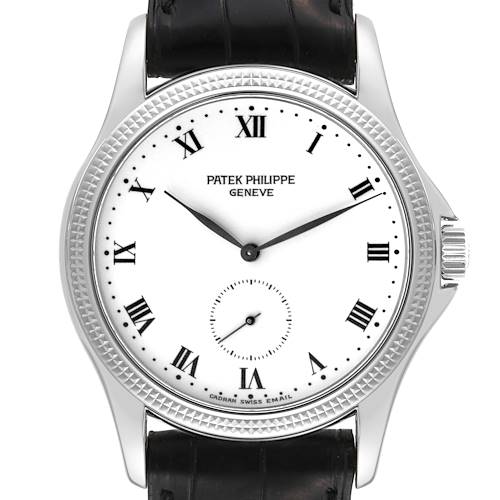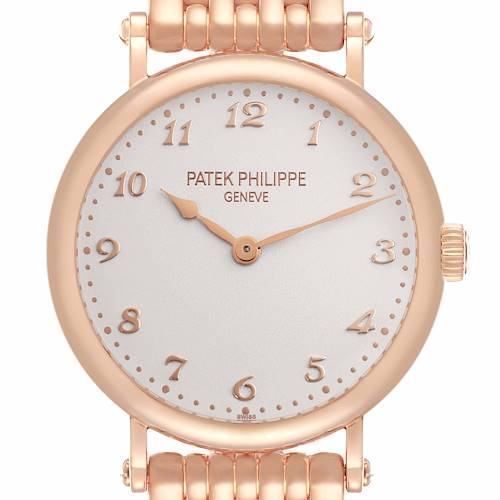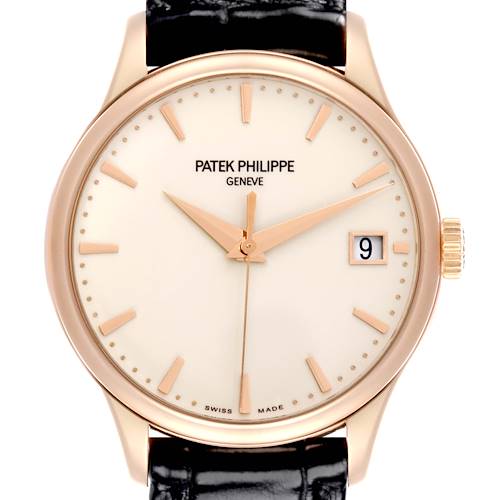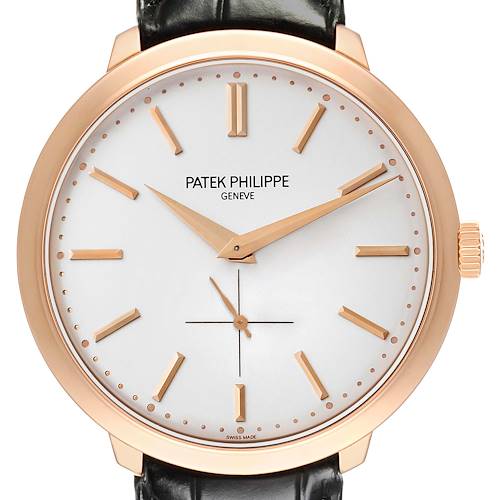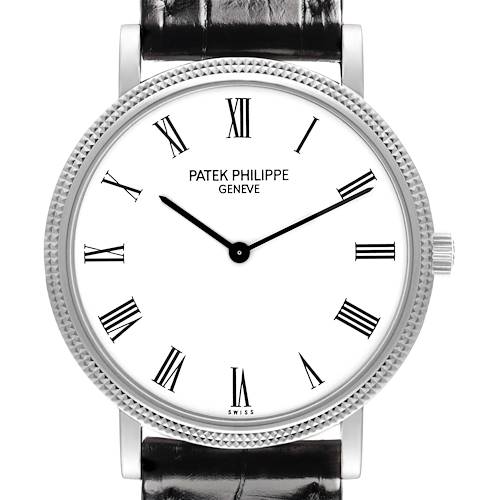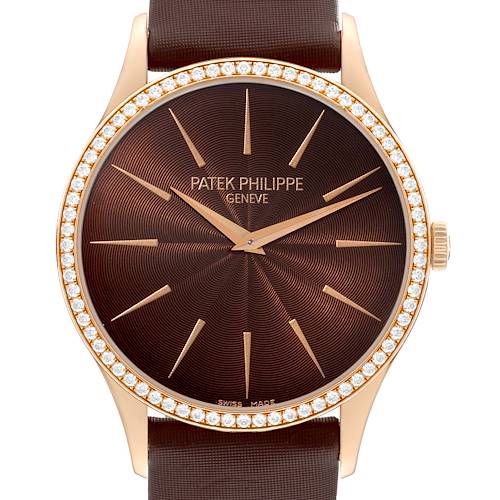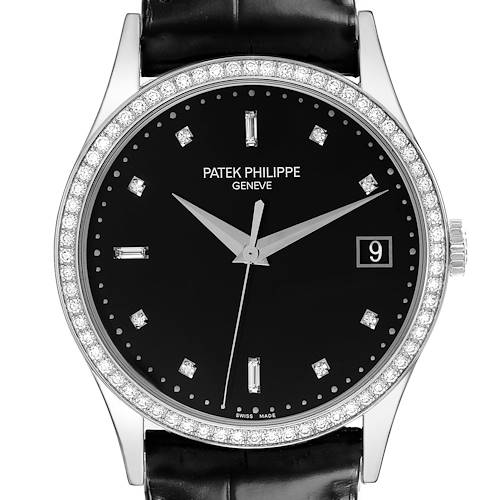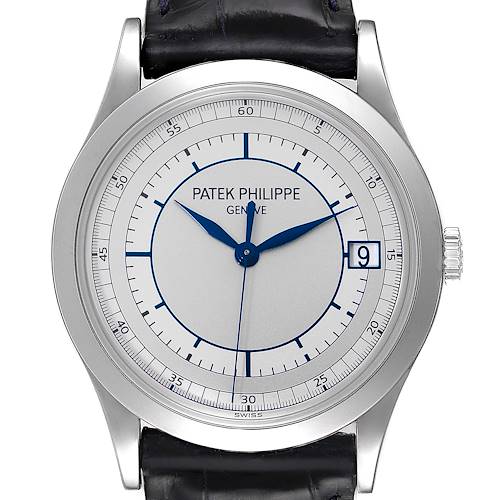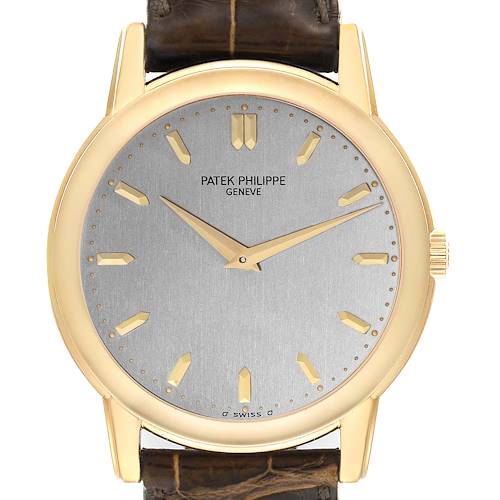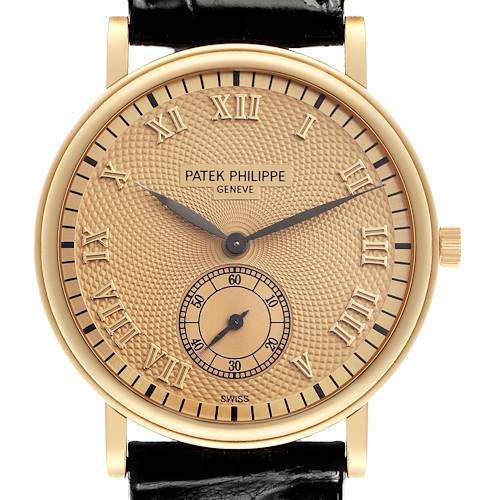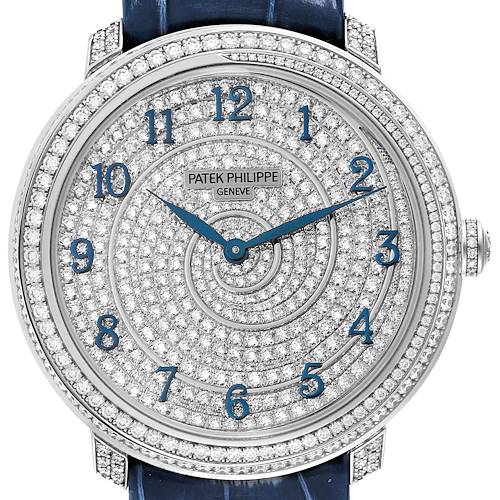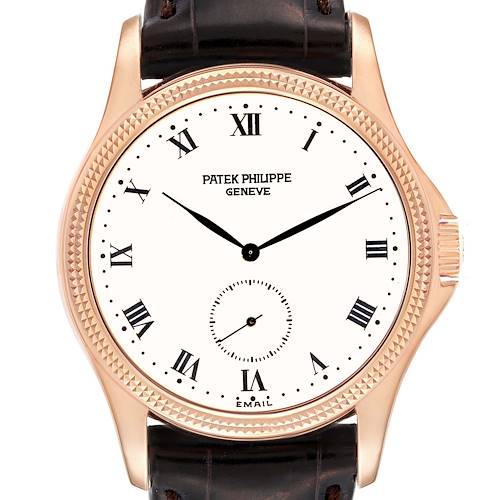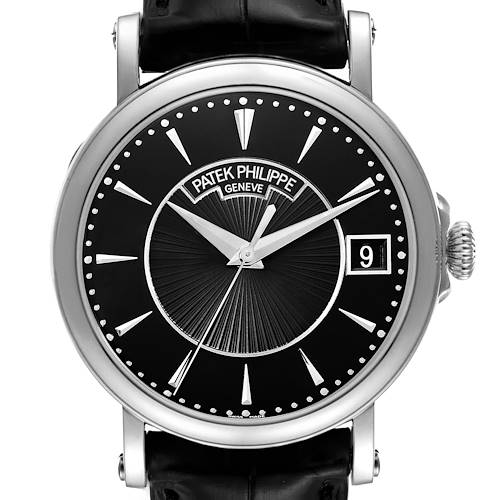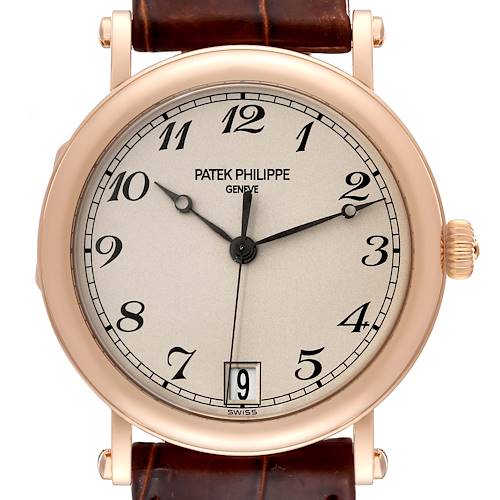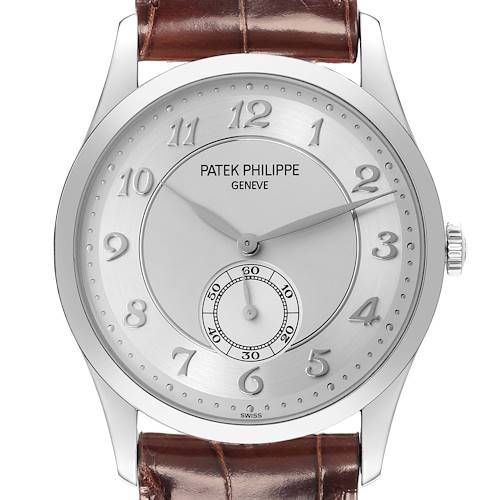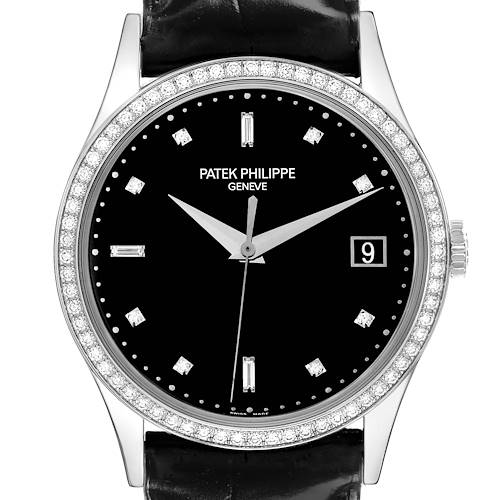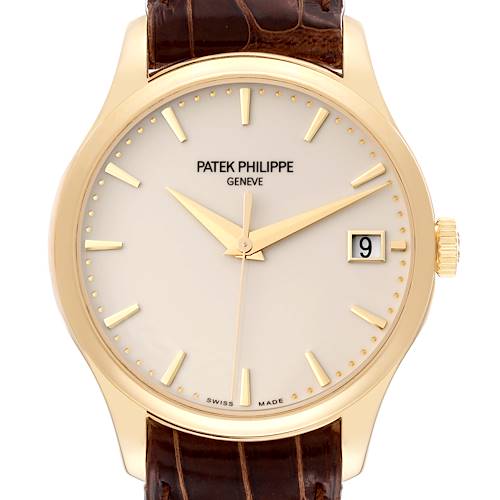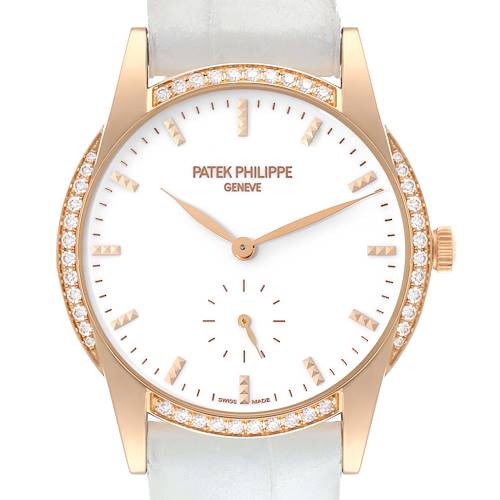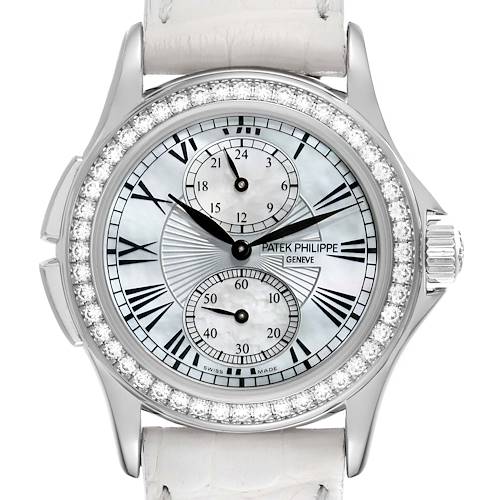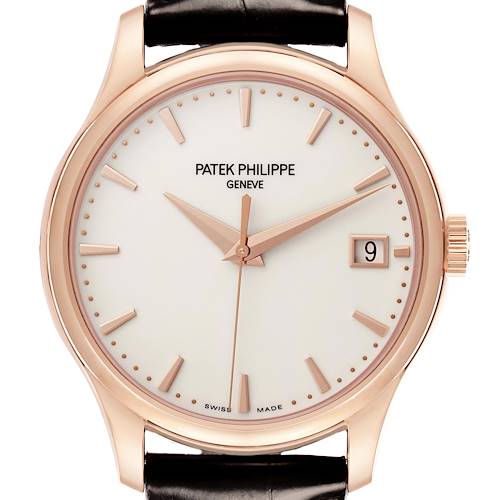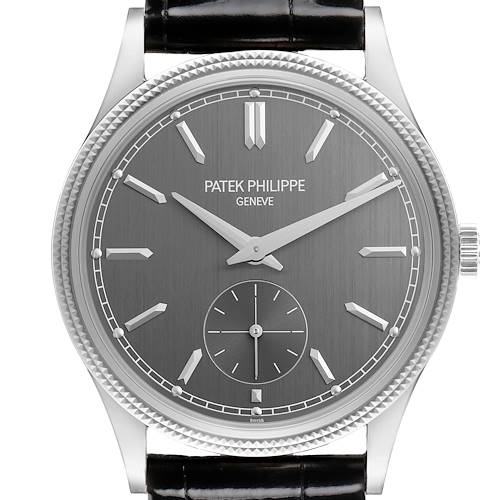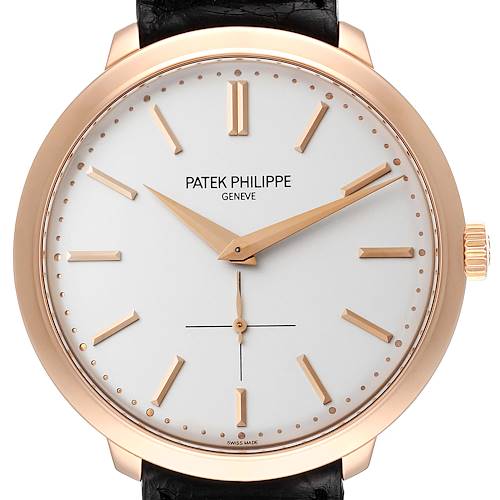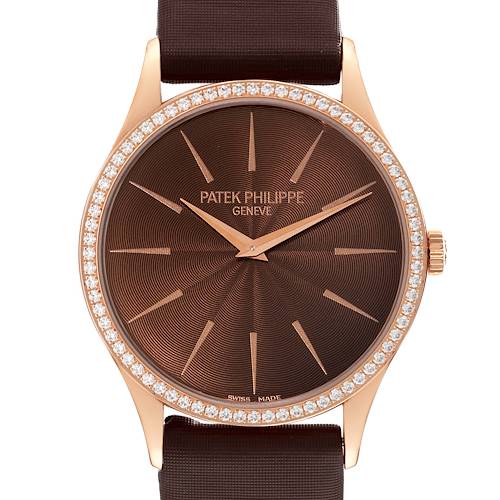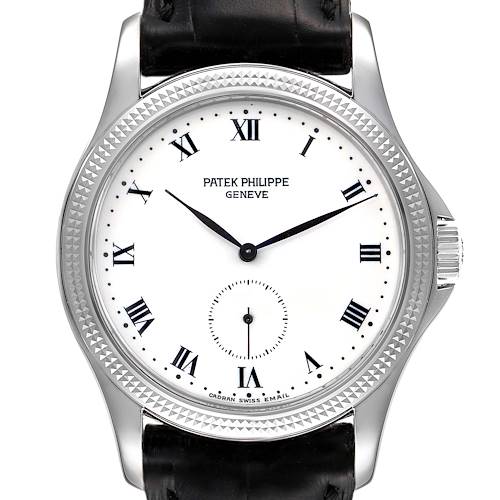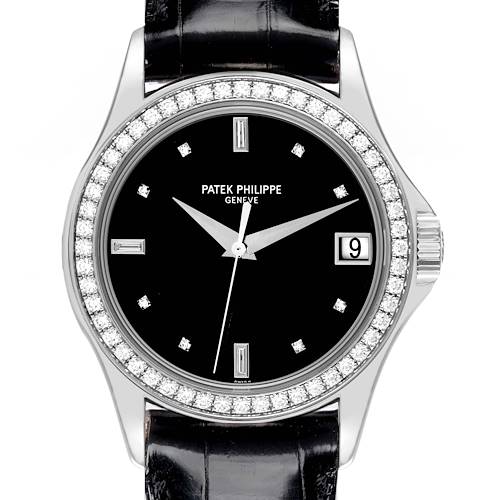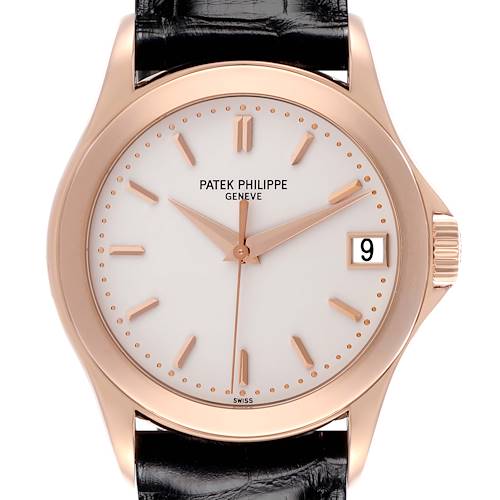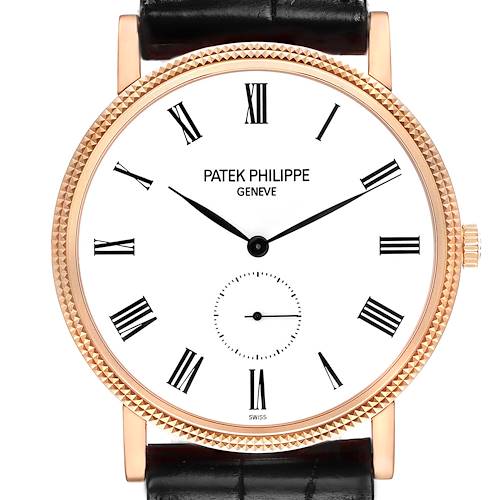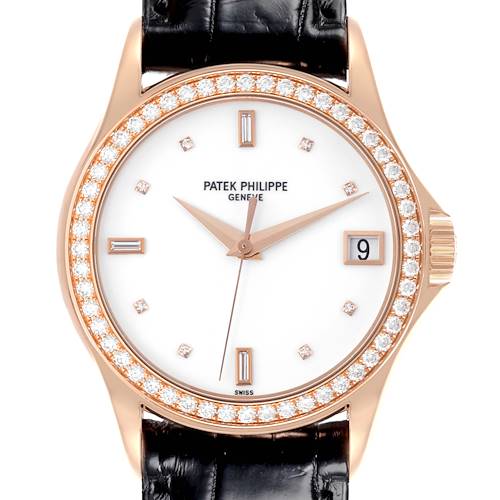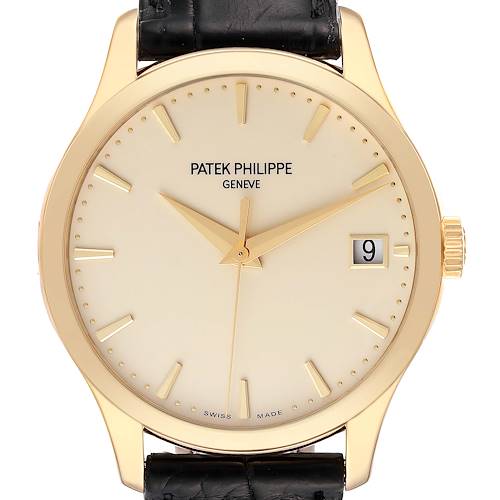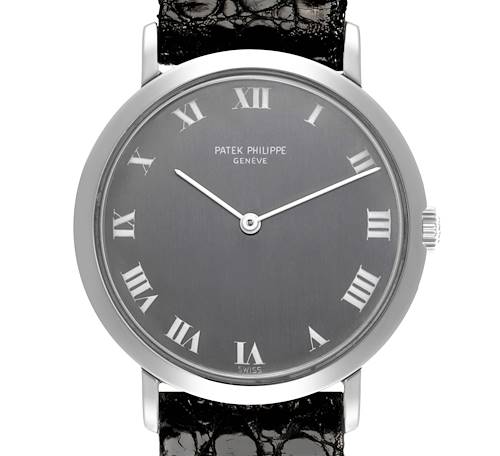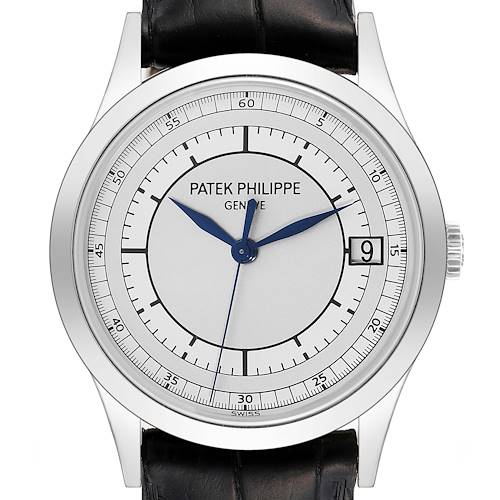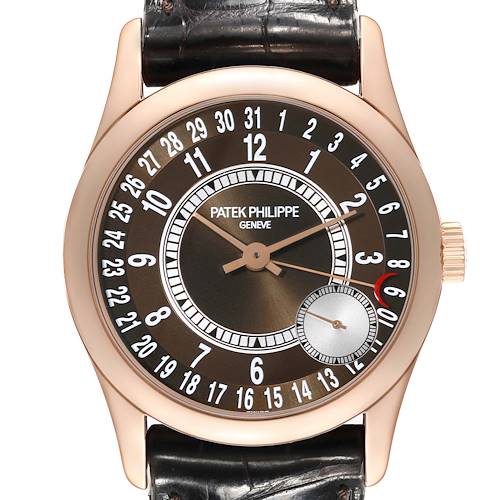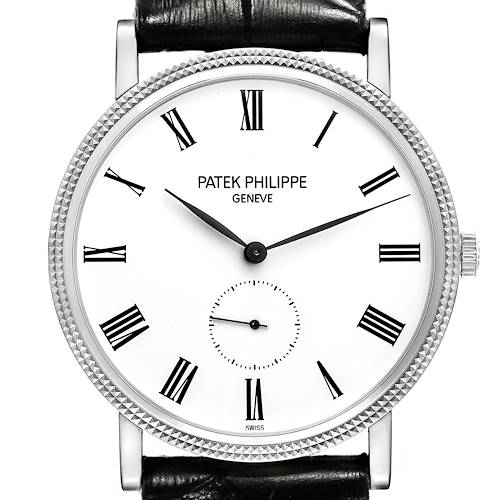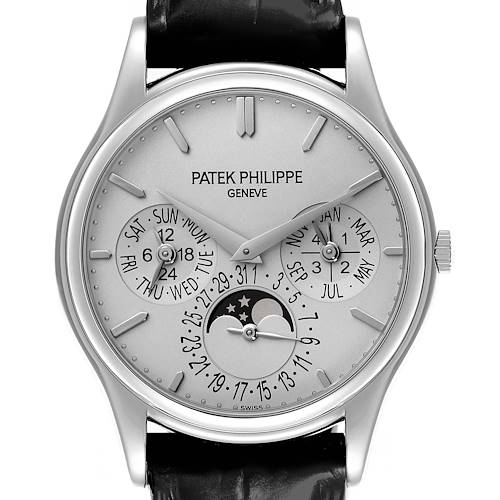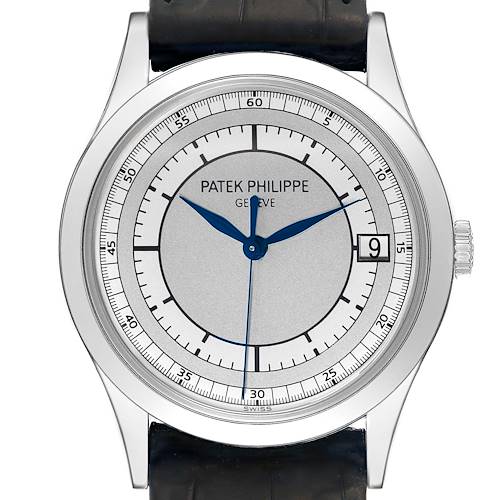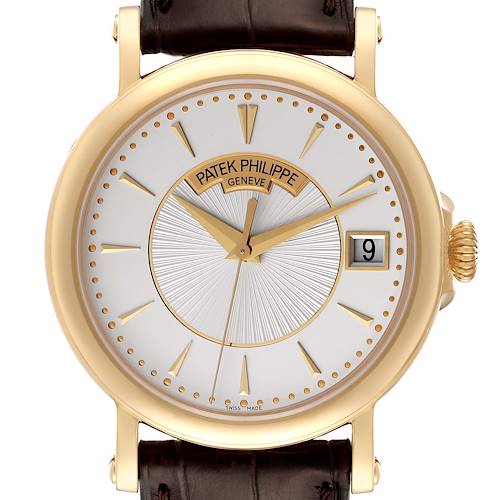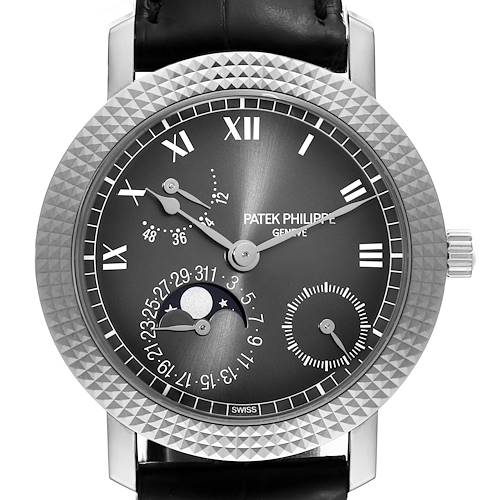- CALL US (404) 814-1814
- LIVE SUPPORT
- EMAIL US
-
WISHLIST (0)
-
CART(0)
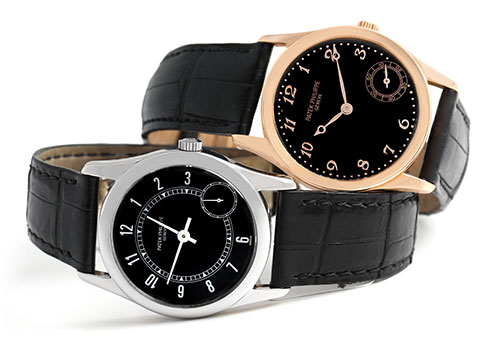
Patek Philippe Calatrava Watches
670 MATCHES FOUND
While earlier Calatrava models showcased flawlessly round cases and minimalist dials, today's iterations introduce embellishments such as diamond bezels, textured dials, moonphase and world time complications, all while preserving their enduring elegance. The classic elegance of the Calatrava, coupled with the esteemed reputation of the Patek Philippe brand, has solidified its position as one of the most revered collections in watchmaking.
The Patek Philippe Calatrava, introduced in 1932, epitomizes the brand's dedication to timeless and minimalist design aesthetics. Influenced by the Bauhaus movement's "less is more" philosophy, the Calatrava has emerged as a legendary icon in the watchmaking world. While early models like the reference 96 showcased elegant simplicity, later versions integrated sophisticated features such as moon phases, world timers, and travel time. Despite these advancements, the collection has maintained its distinctive understated charm.
Noteworthy models include the Calatrava 3520 with its iconic Clous de Paris hobnail bezel, and the extra-thin ladies' Calatrava 4896 - the brand's first extra-thin mechanical watch for women. Among more complex models, the Calatrava Travel Time offers dual time zone functionality, the Calatrava weekly calendar features a unique and practical calendar display, and the Pilot Travel Time combines a second time zone with a utilitarian aesthetic. These exemplify how the Calatrava has evolved to meet contemporary demands while honoring its heritage.
Currently, the Patek Philippe Calatrava boasts a diverse range of references, each adhering to its minimalist ethos. Revered as a horological icon, both collectors and casual wearers seek out the Calatrava for its subtle yet striking timepieces.
How to Sell My Patek Philippe Calatrava
Sell or trade-in your Patek Philippe Calatrava for the best price with SwissWatchExpo. SwissWatchExpo makes it easy to sell or trade in your used or pre-owned Patek Philippe Calatrava to keep your luxury watch collection fresh!
Frequently Asked Questions
What Is A Patek Philippe Calatrava?
The Patek Philippe Calatrava is a line of classic dress watches inspired by the “less is more” Bauhaus school of thought. It was the flagship design of Patek Philippe for the modern era, and the first to be created under the Stern family. Round cases, organic lines, and minimalist dials define the Calatrava collection in a nutshell.
Why Is The Patek Philippe Calatrava So Expensive?
Patek Philippe has proven itself the benchmark among Swiss luxury watches, with its long and illustrious history, and pioneering innovations in watchmaking.
The Genevan manufacturer has also established quality standards that far exceed average industry codes. Patek Philippe takes no shortcuts – cases are made using traditional techniques, movements are designed and manufactured in-house, and most of their watches are assembled completely by hand.
The way Patek Philippe watches are made means that their production takes longer, with lower number of watches available compared to other Swiss watch brands. This makes Patek Philippe watches highly exclusive and, therefore, more expensive.
Does The Patek Philippe Calatrava Hold Its Value?
As a Patek Philippe watch, the Calatrava stands to retain its value well – in fact, Patek Philippe's resale value trumps all other watchmakers, vintage or modern. The Calatrava's simple styling and lasting visuals means it will never go out of fashion, making it easier to find an interested buyer should you choose to resell.


